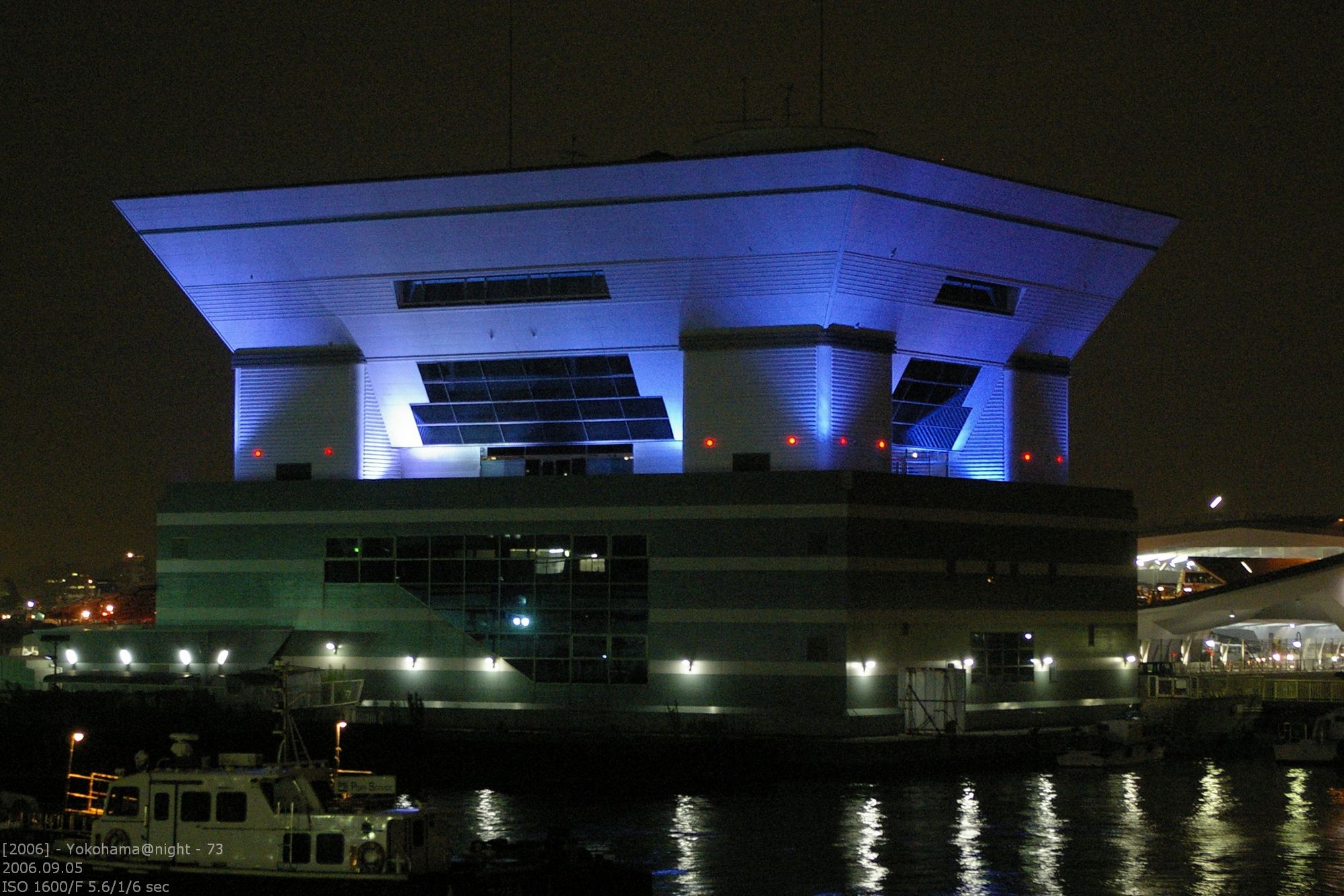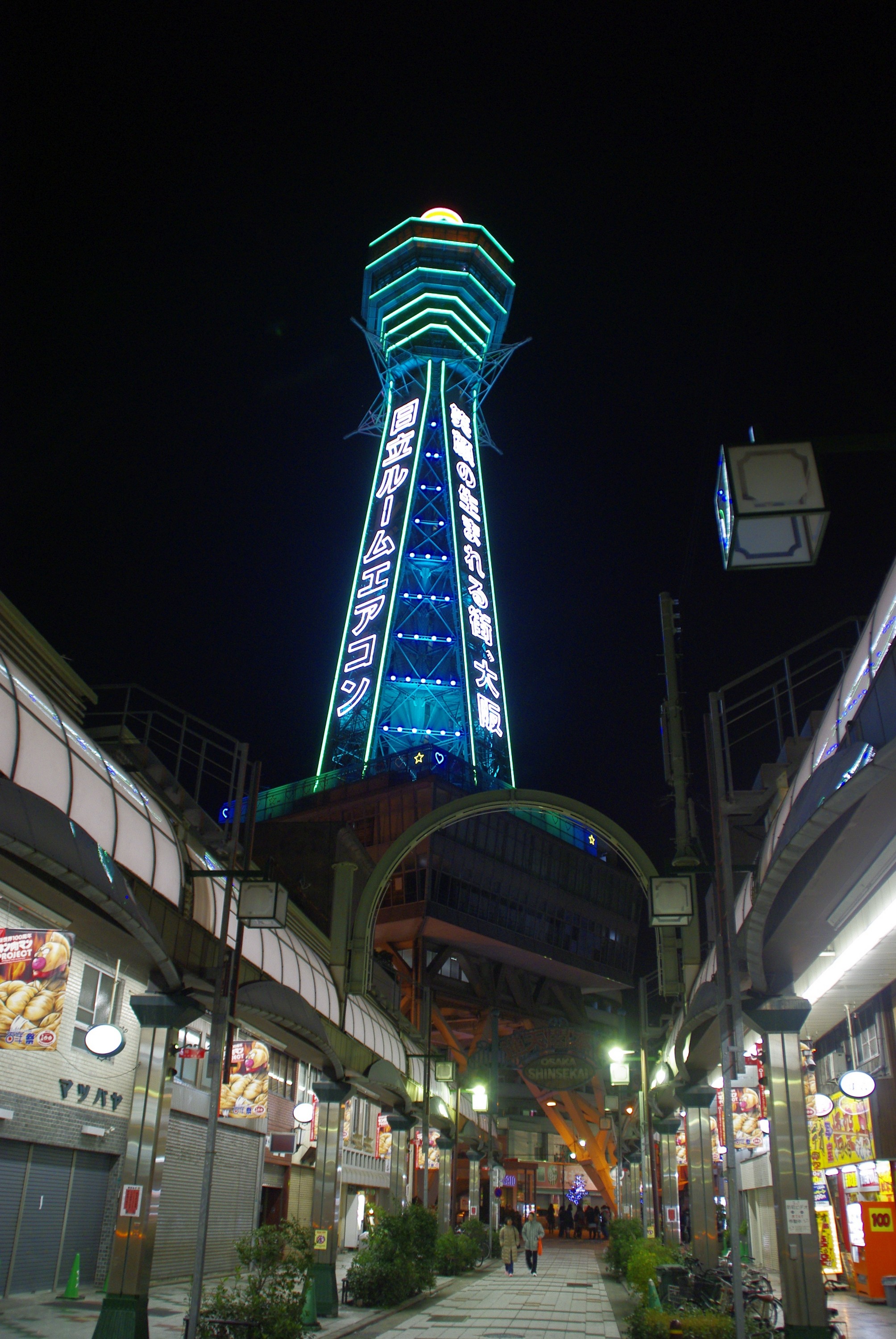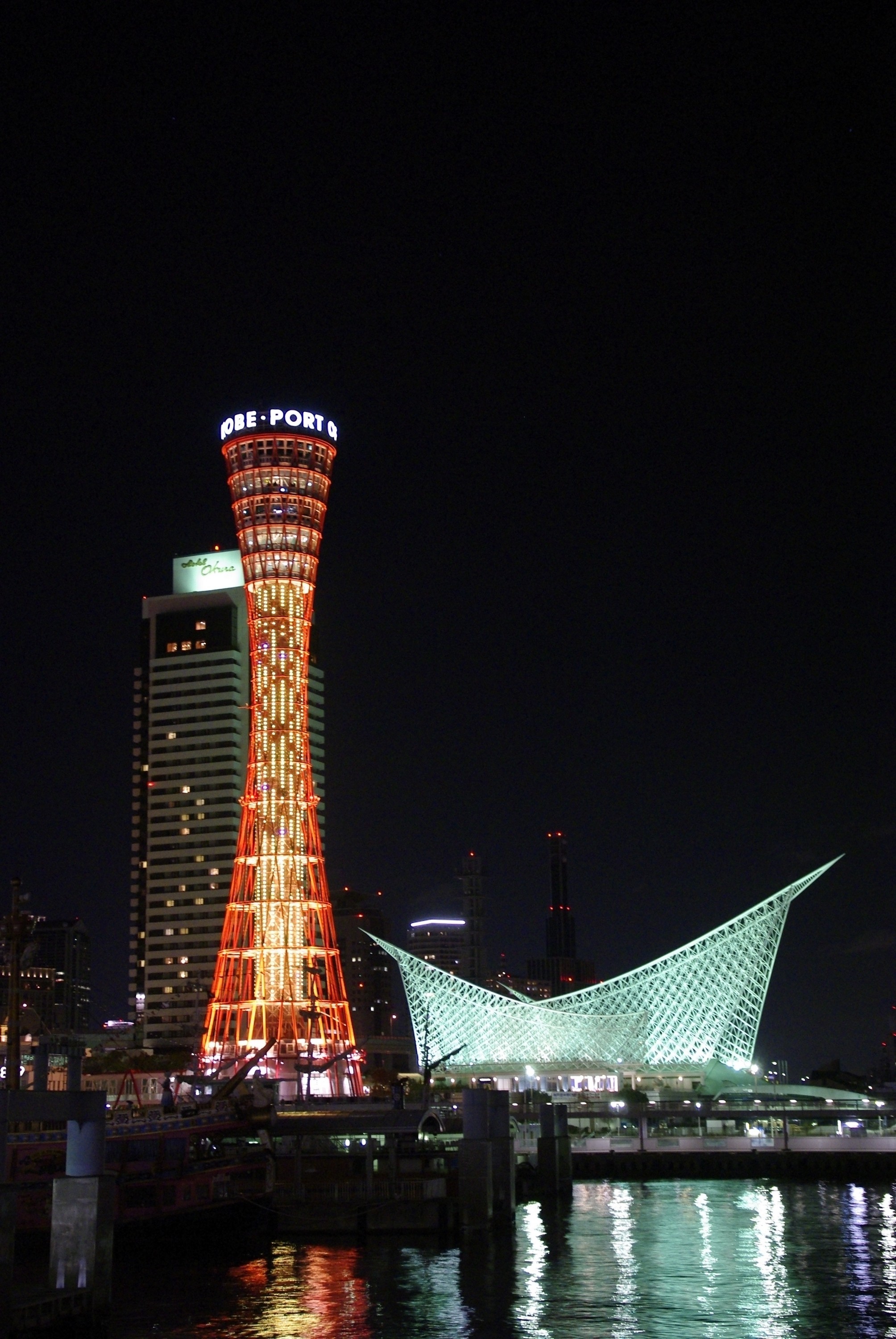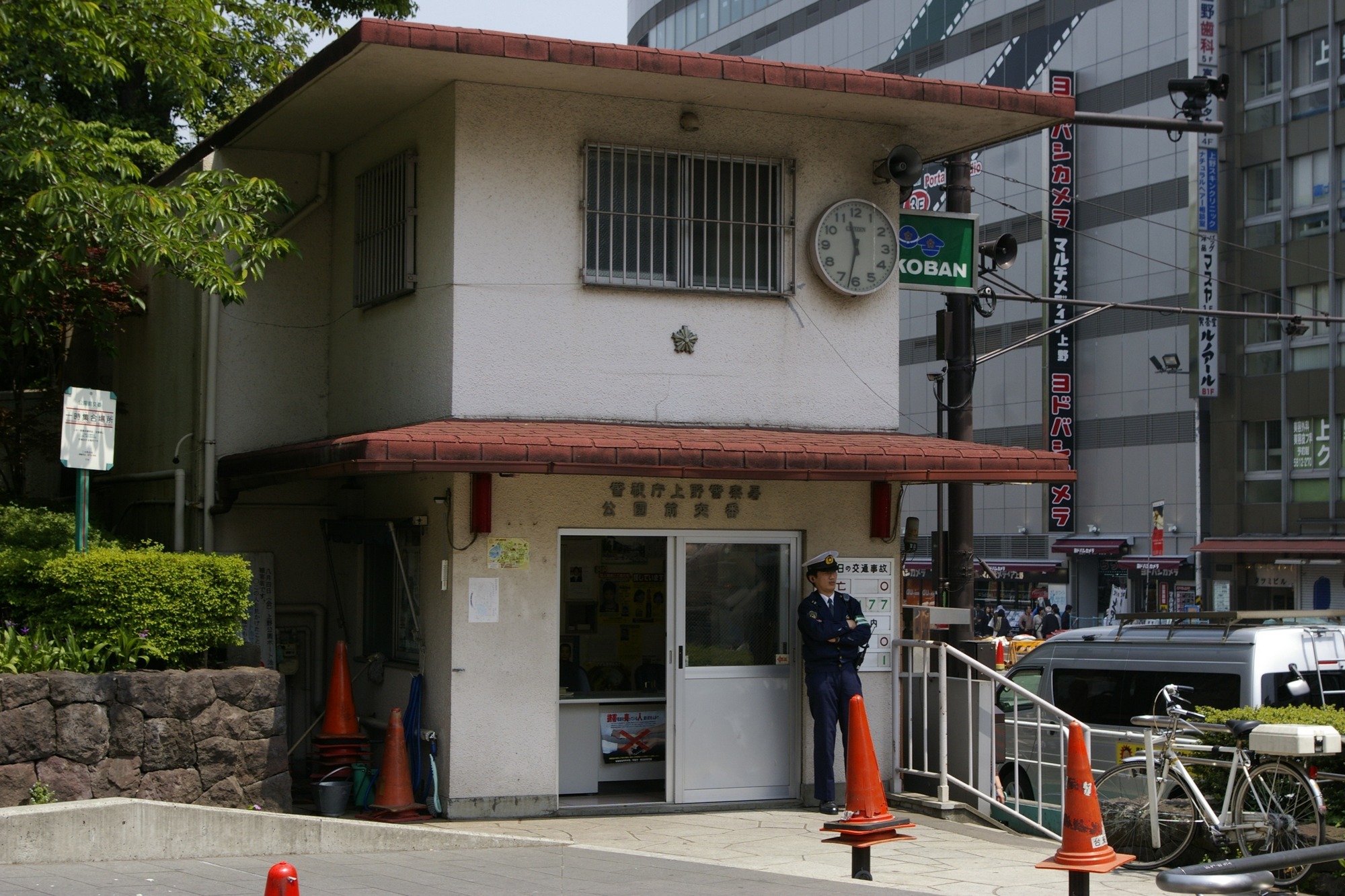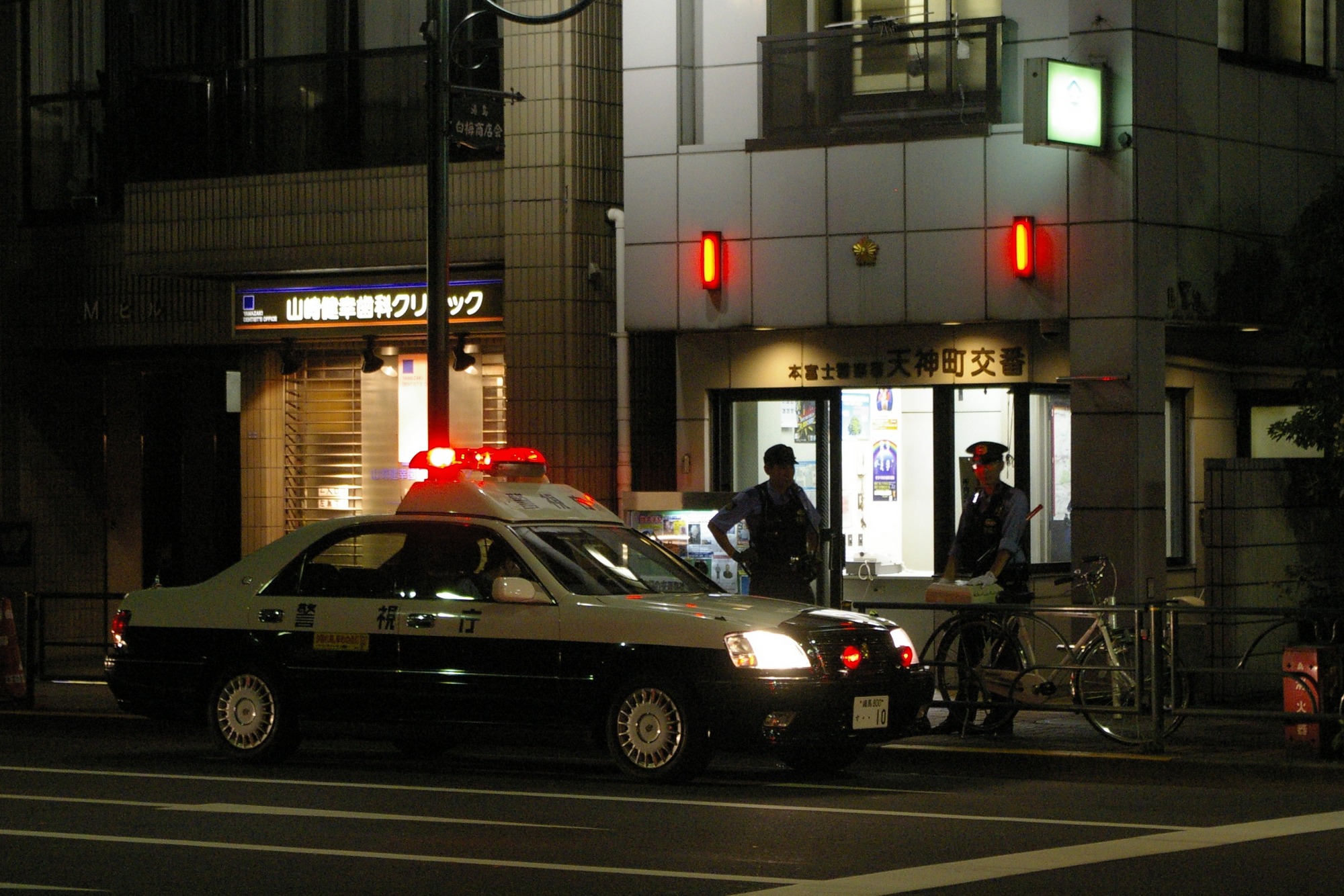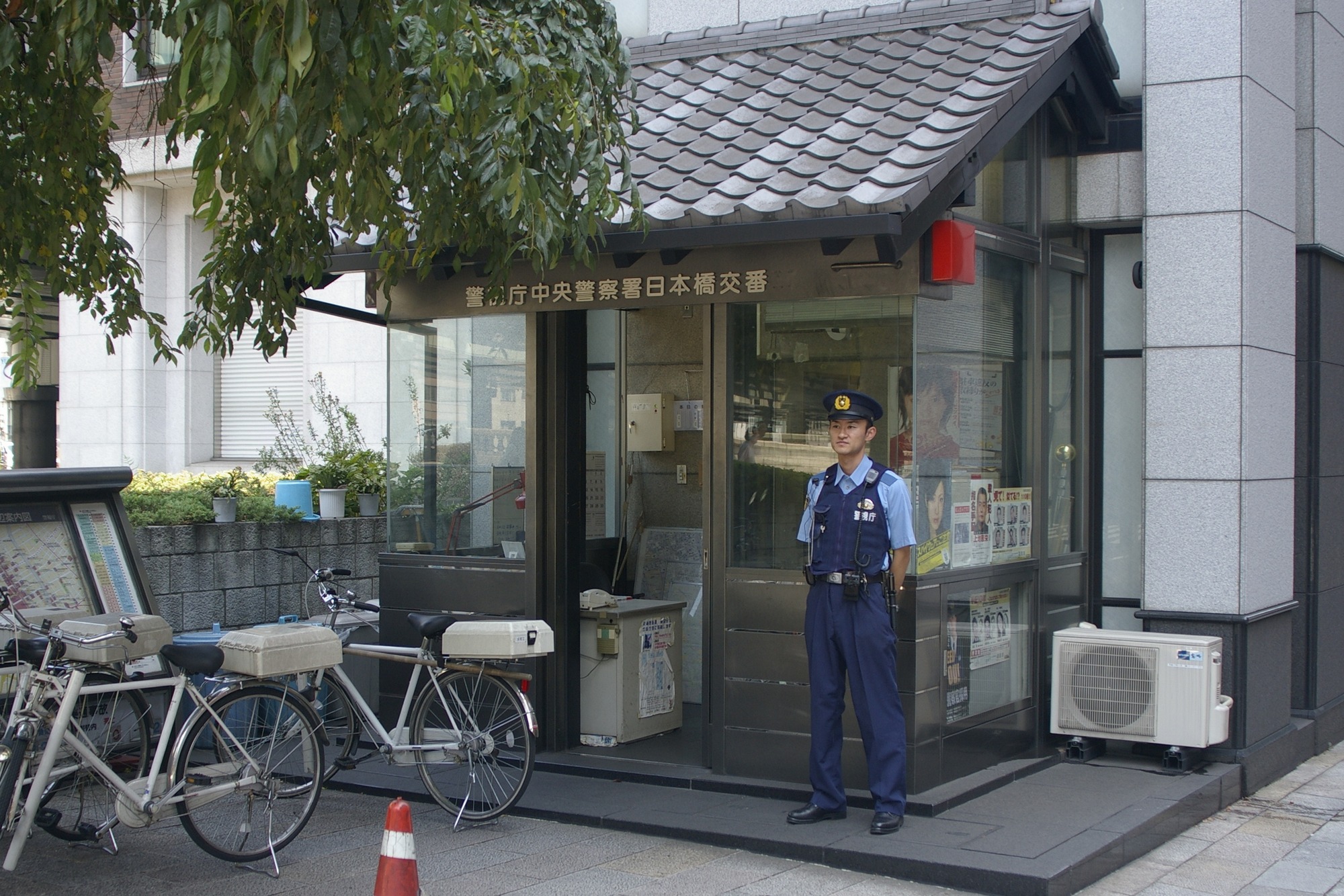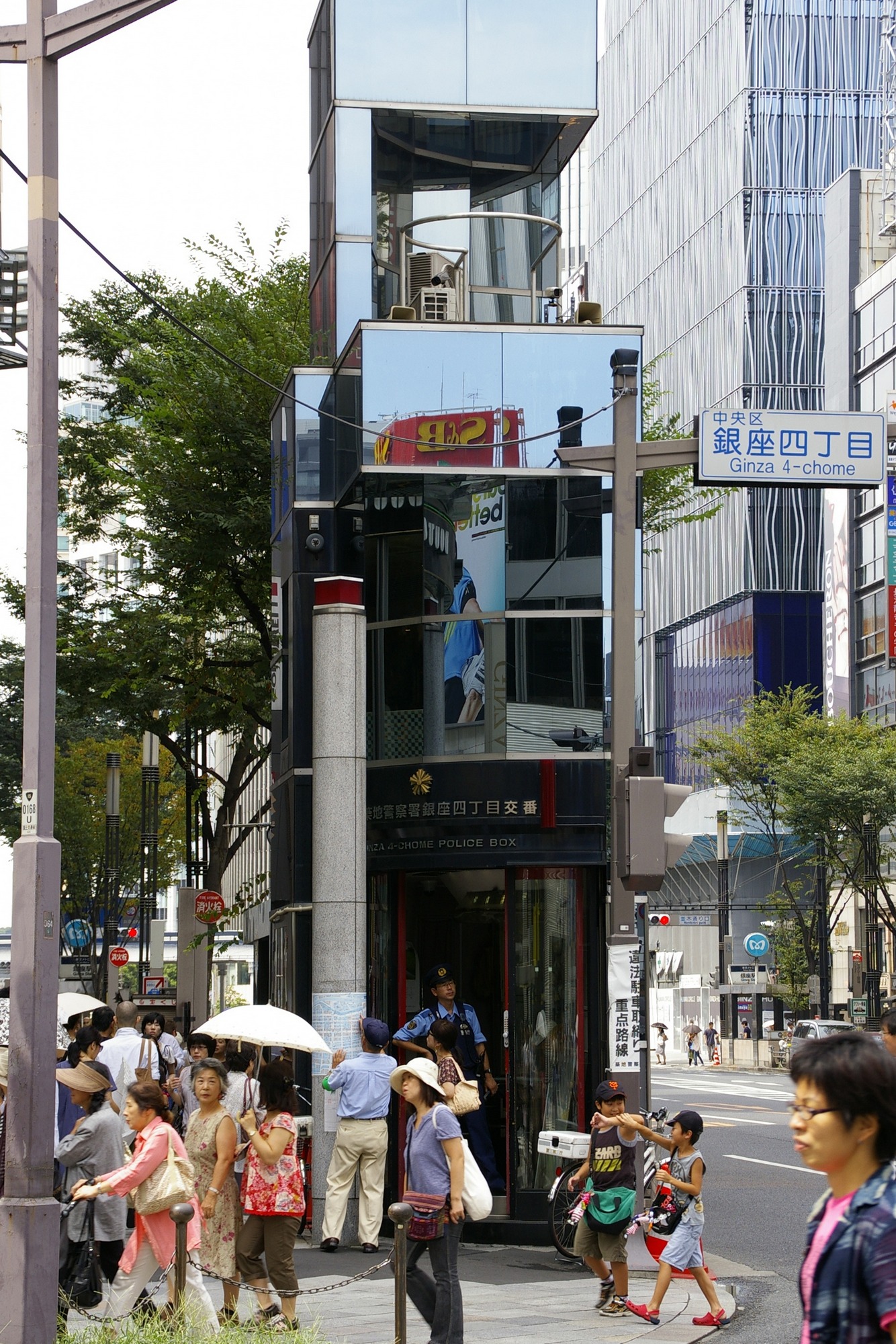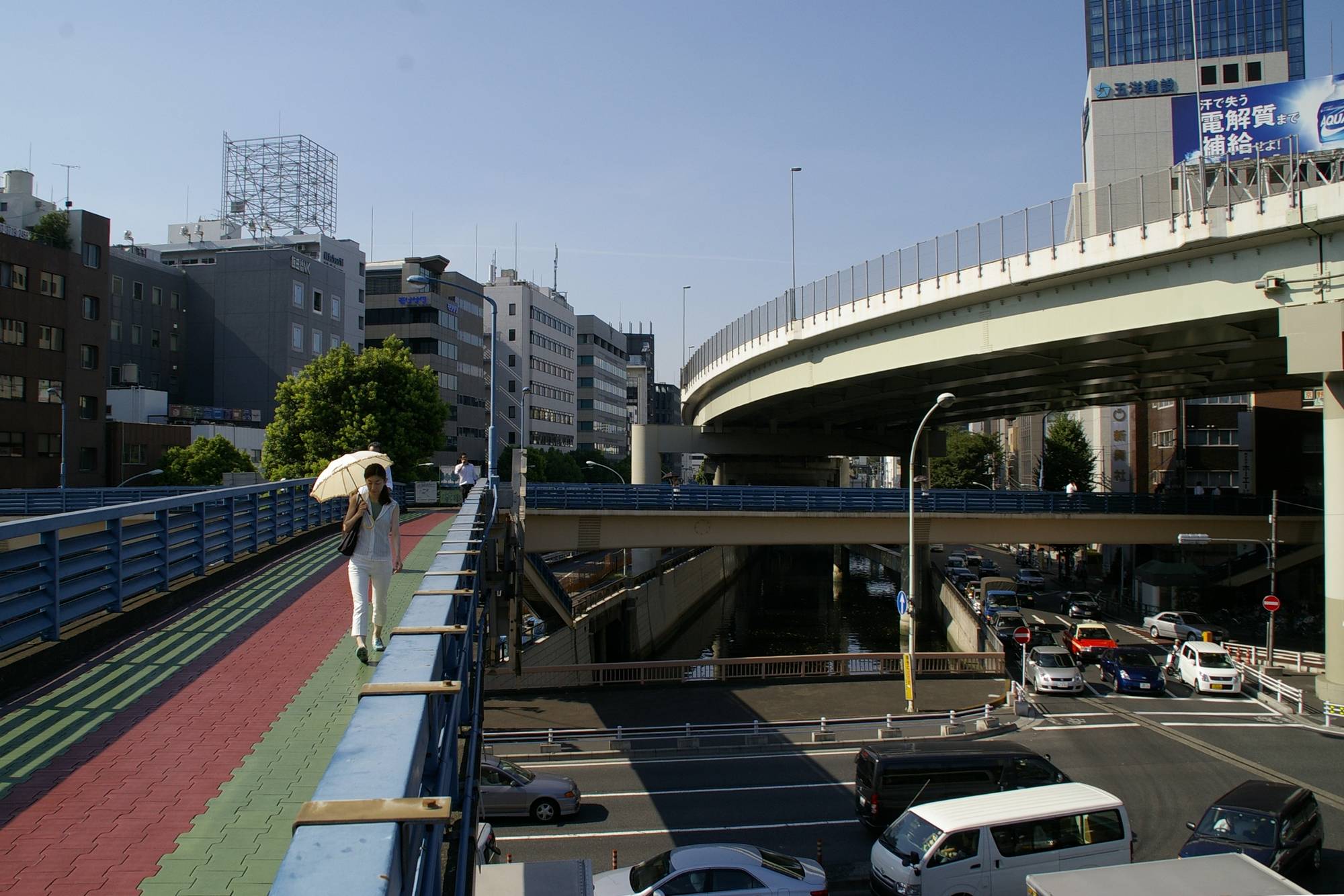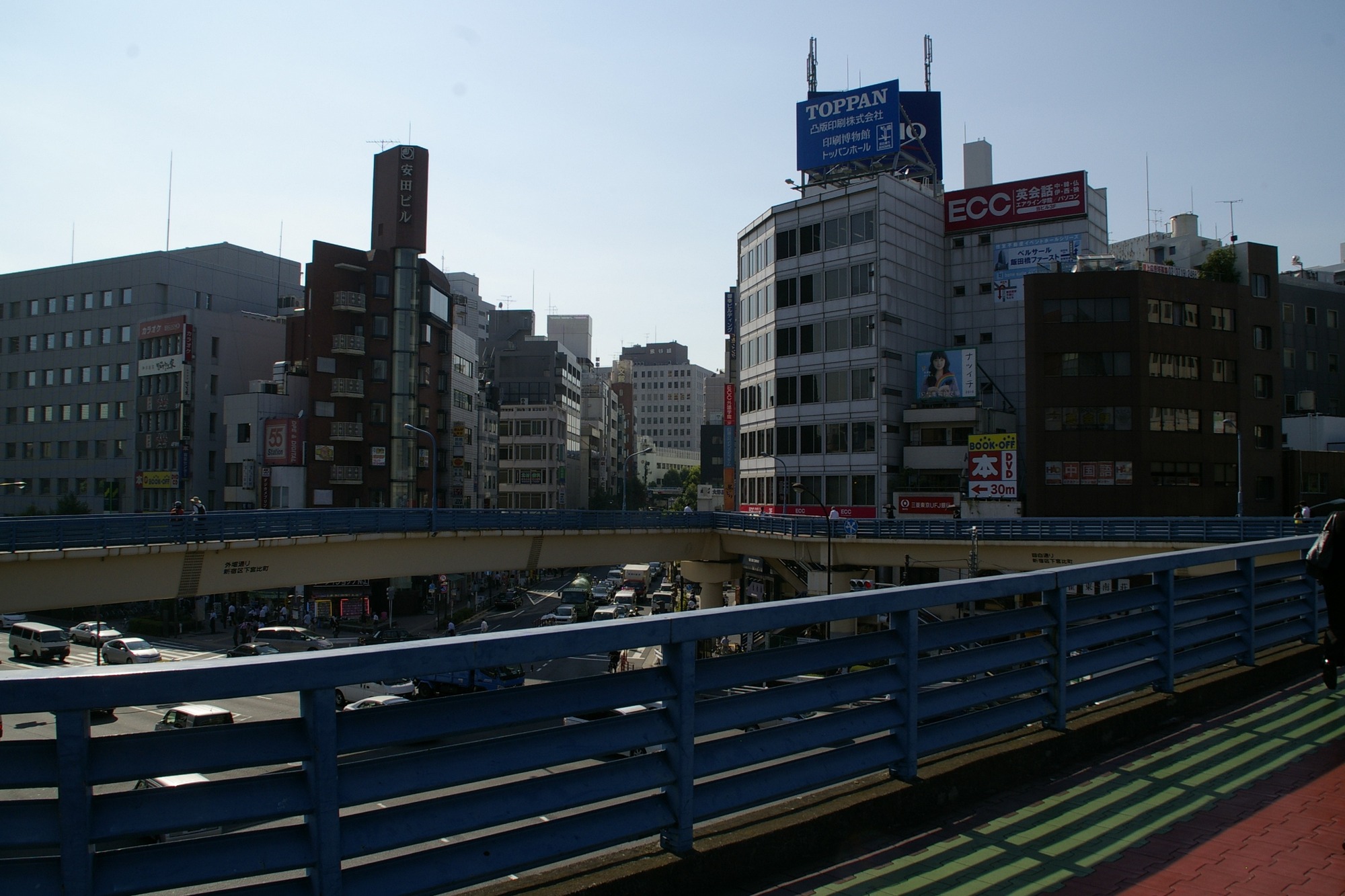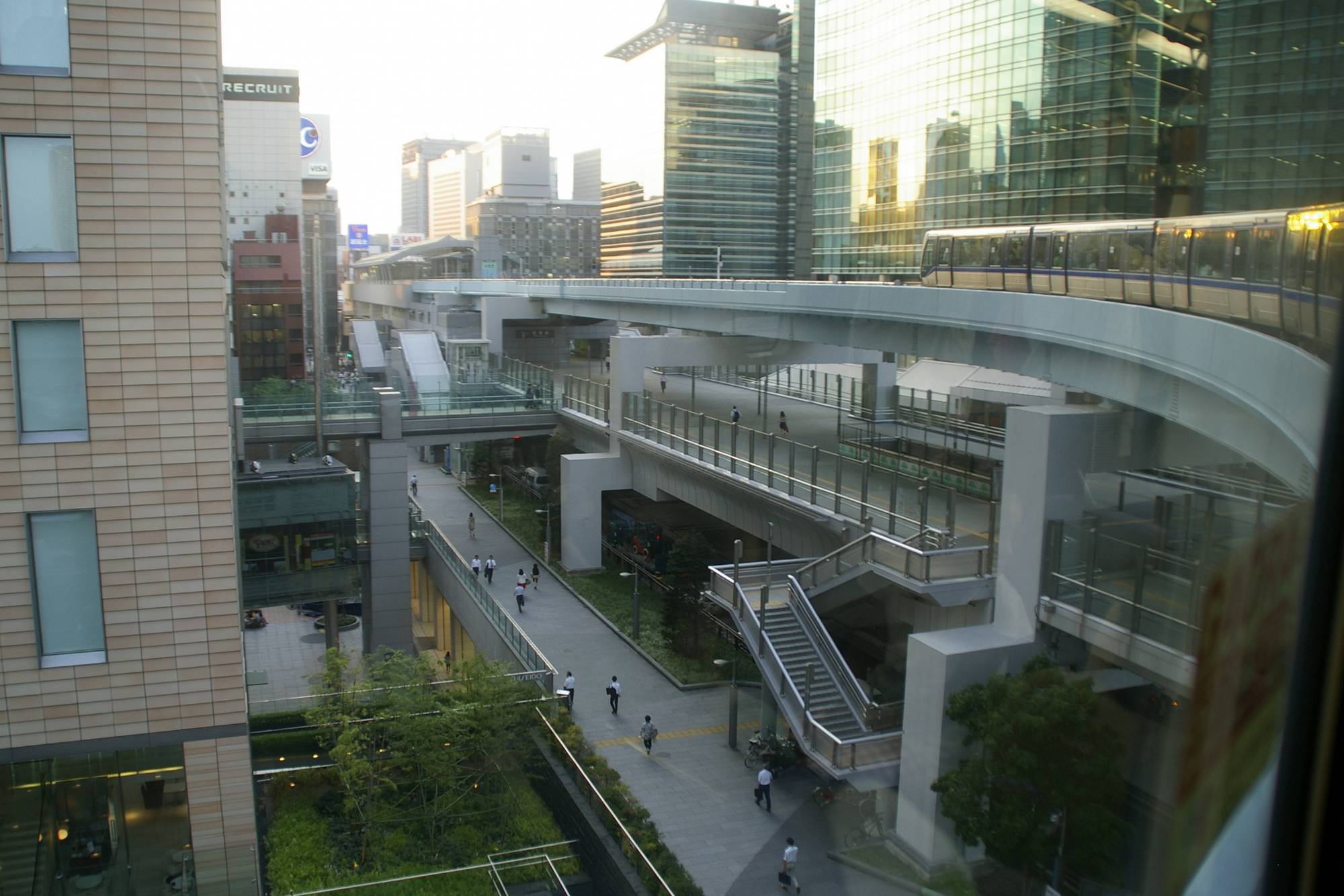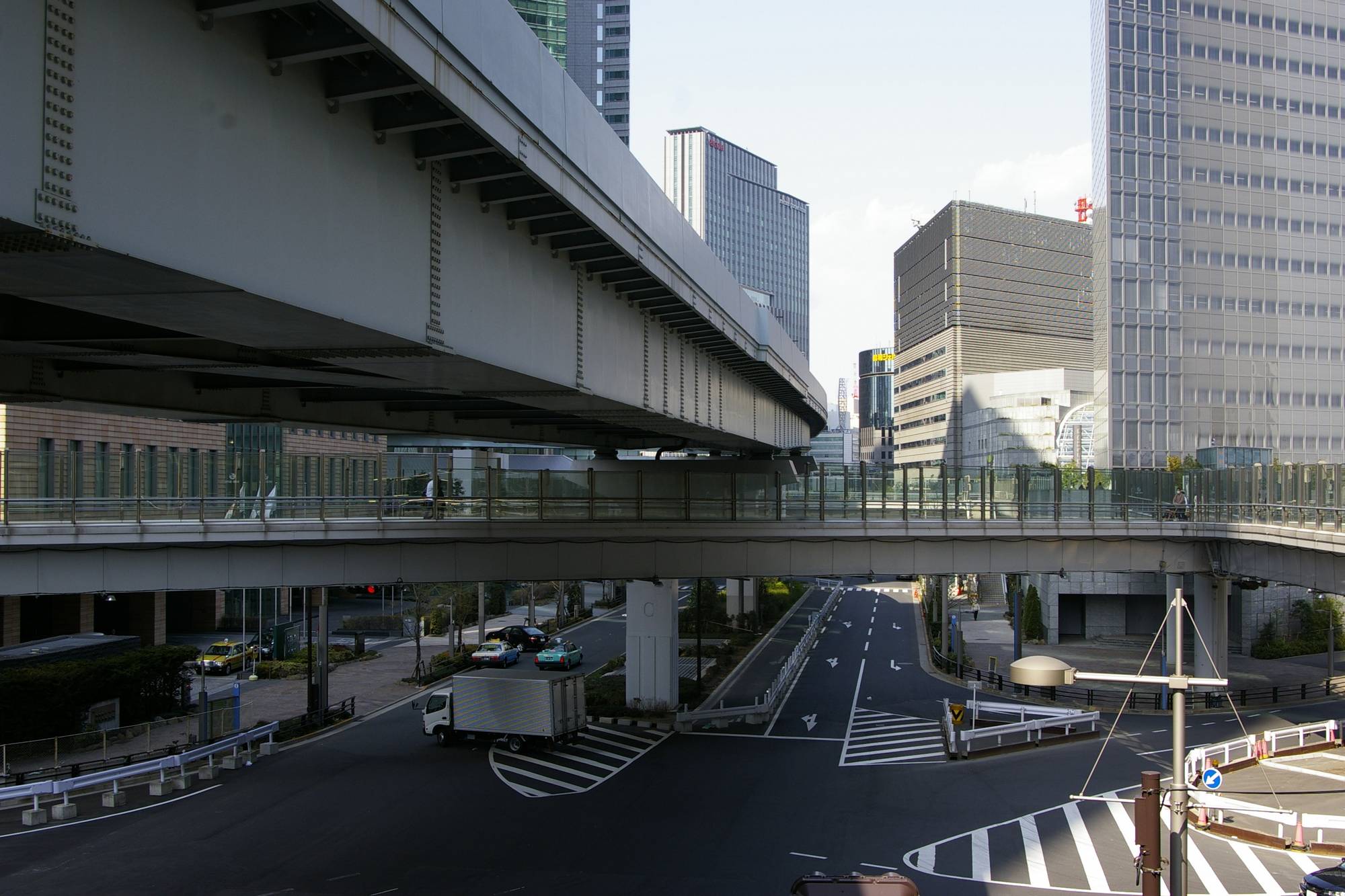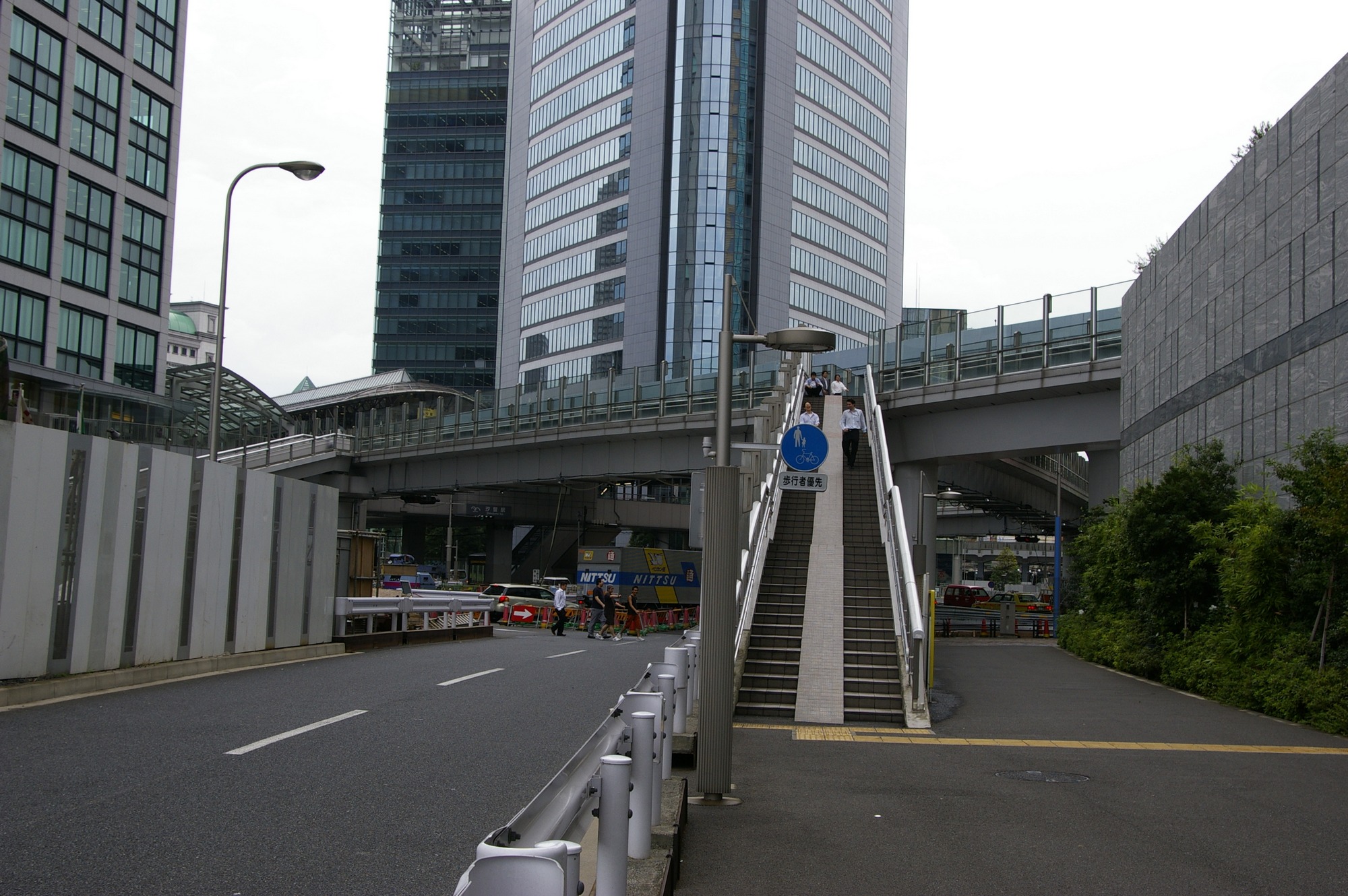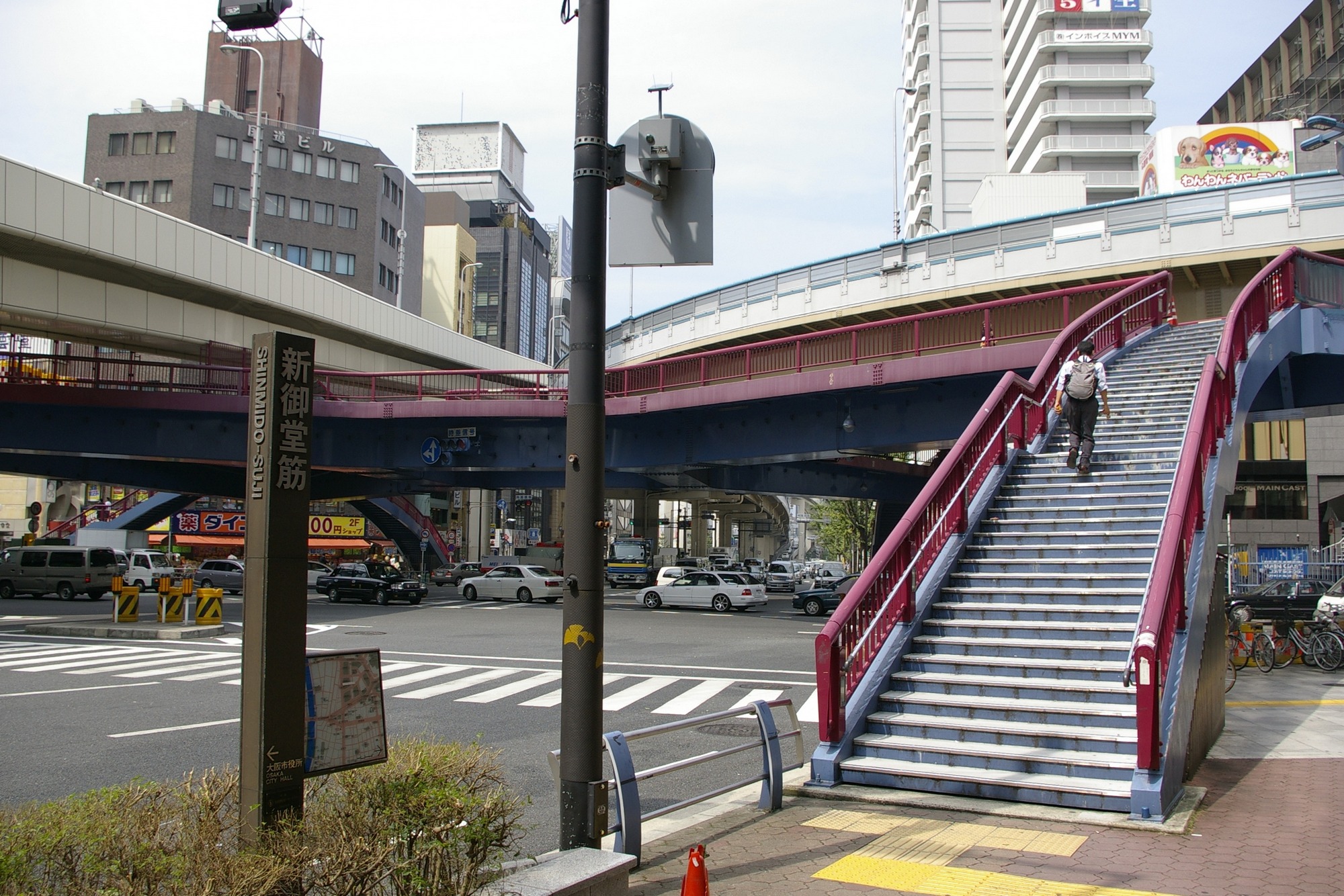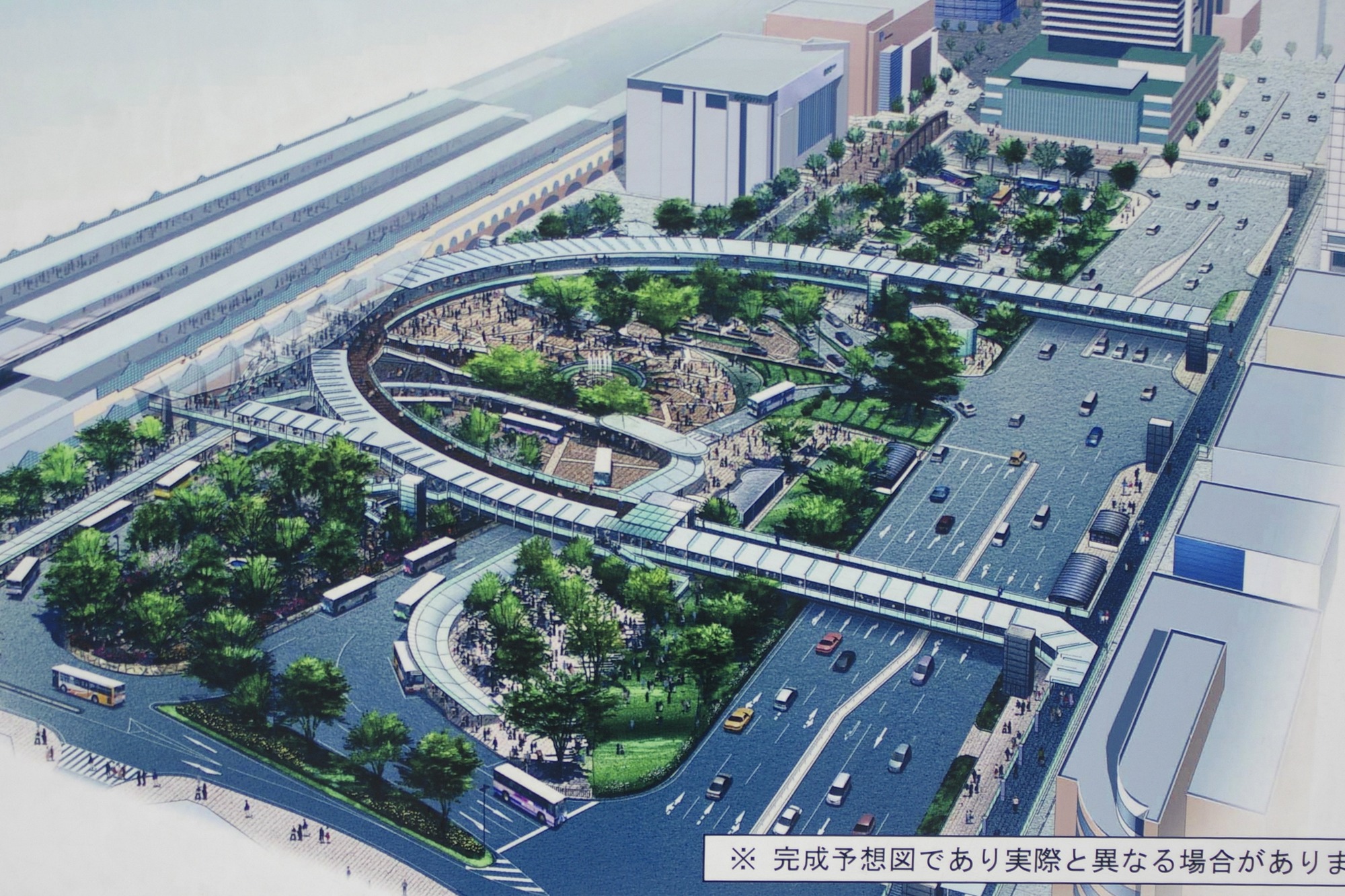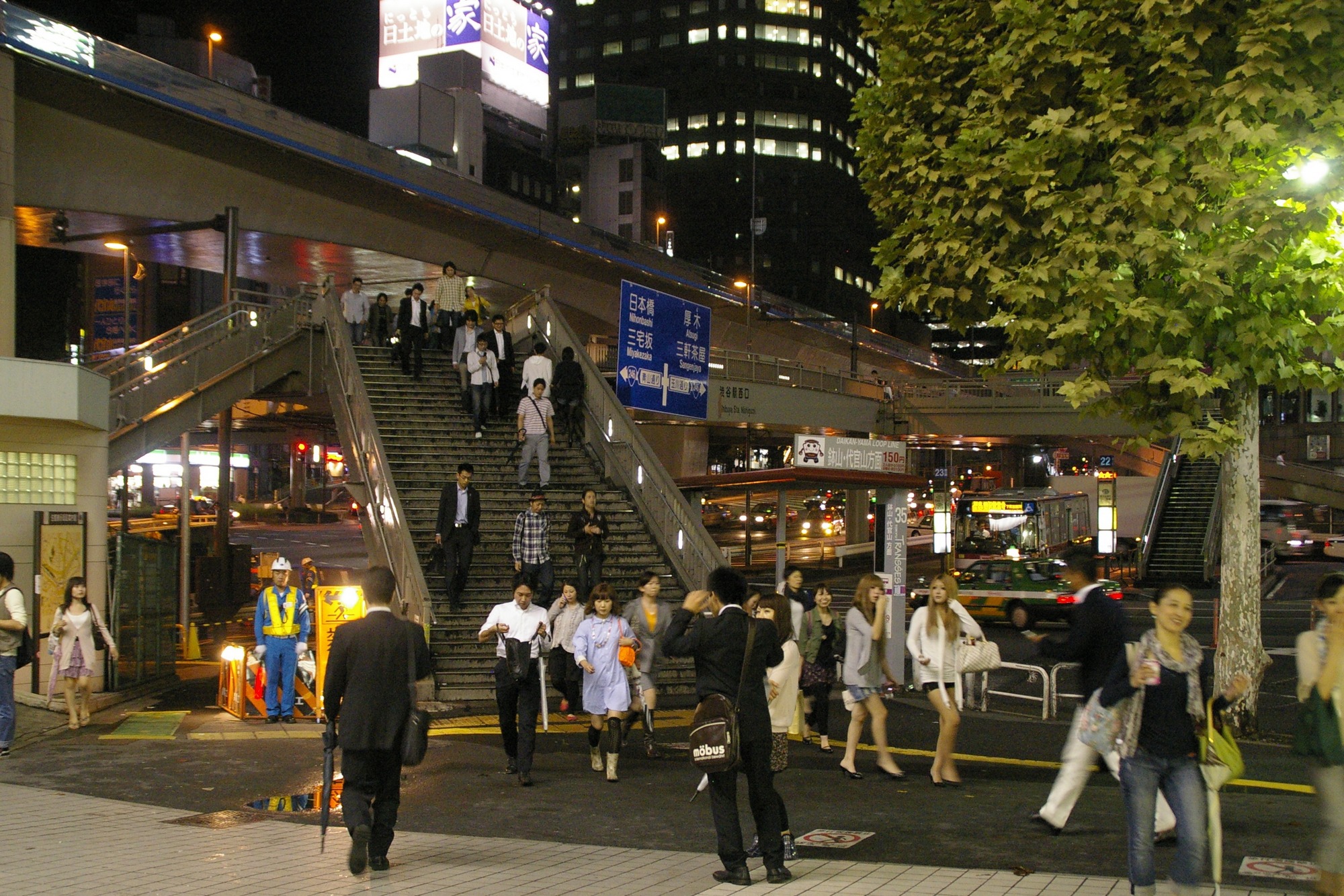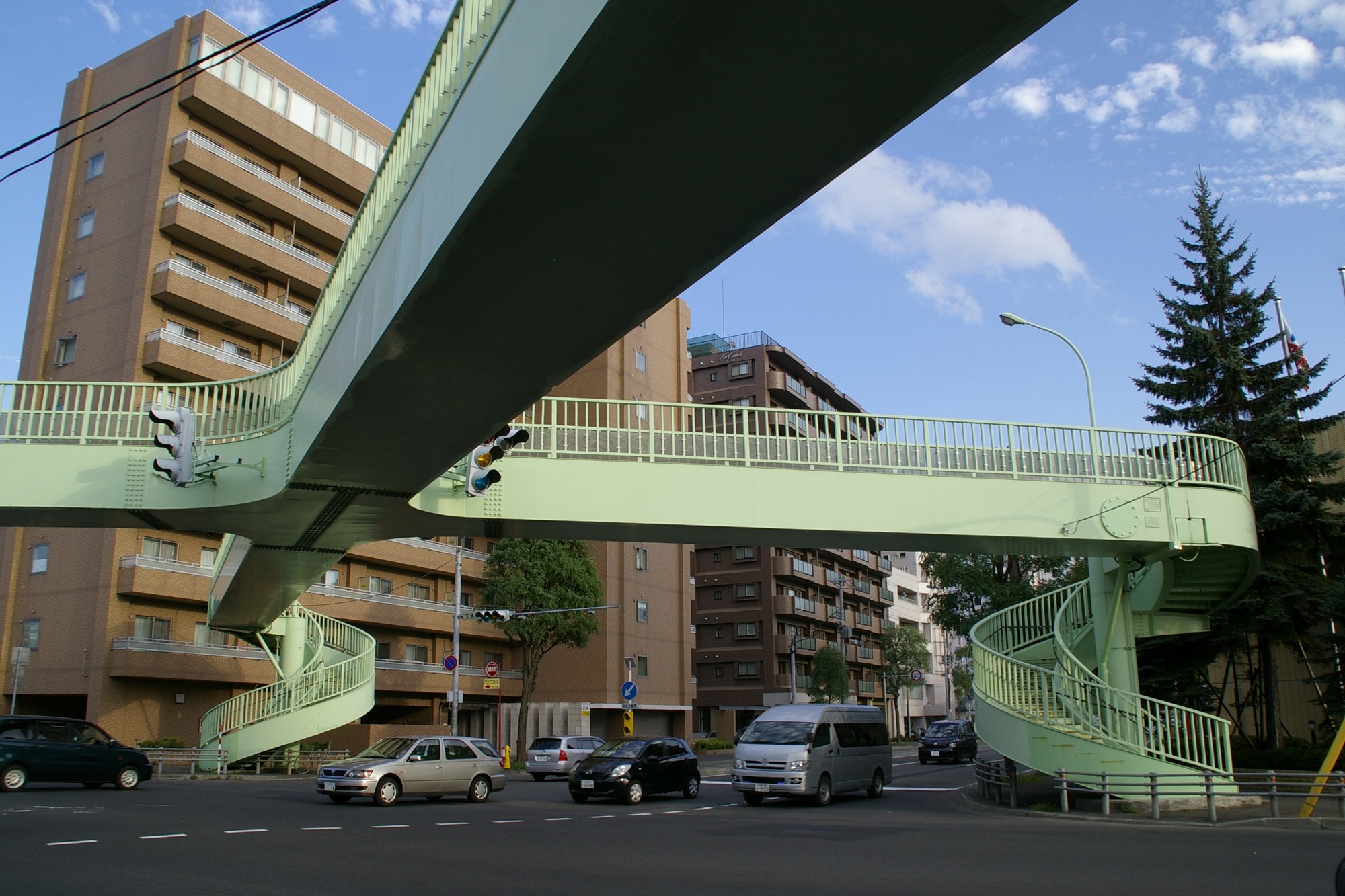Siegmund would have it’s own explaination for the fact, that there is an Eiffel tower in every major city in Japan. You cannot imagine a big city without it. Radio towers are everywhere in Japan. But you cannot image a big japanese city without at least one special radio tower. This one will have a viewing platform and a shape like the Eiffel tower in Paris. The mother of all towers is Tower Tower, even if it was one of the last towers, that was built. Tokyo Tower is 333m high and it really lookes like the Eiffel Tower. But it is 9m higher and totally orange. It was built in 1958 and became the landmark of the city and still is the 3rd highest tower built of steel.
Tokyo Tower
height 332,6m, observation deck at 150m and 250m; architect: Tachū Naitō, opened 1958
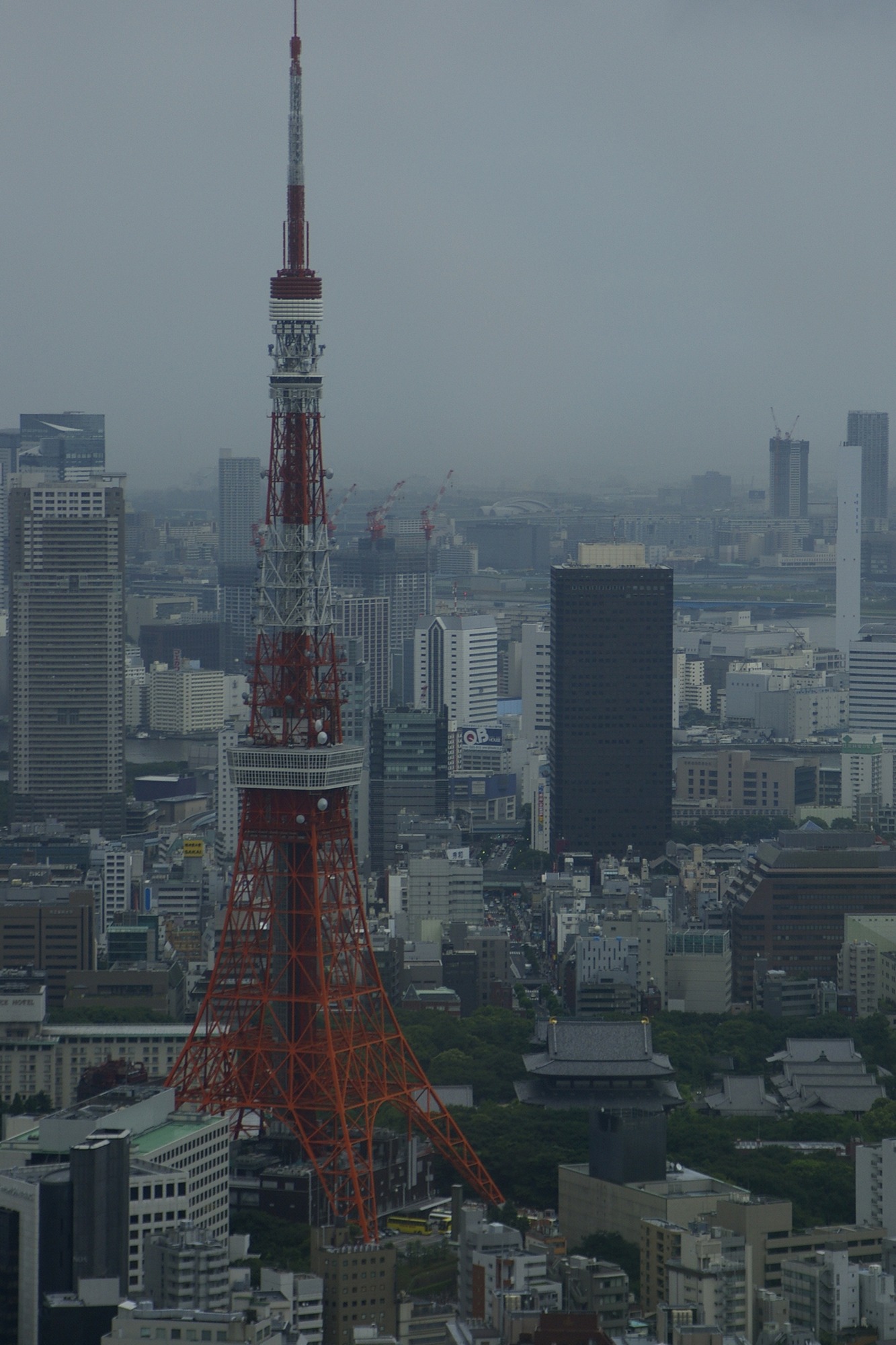
Tokyo Tower
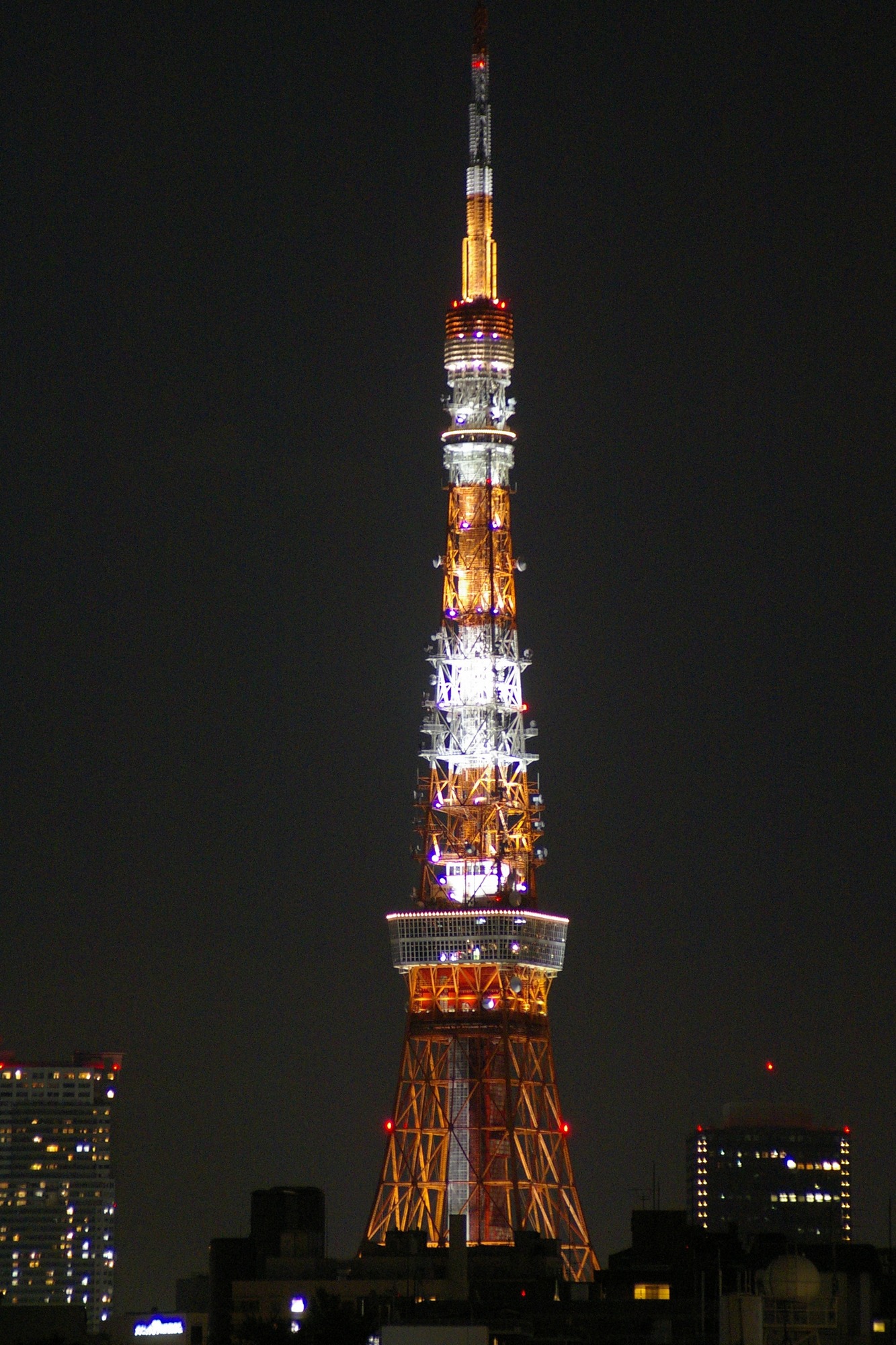
Tokyo Tower bei Nacht
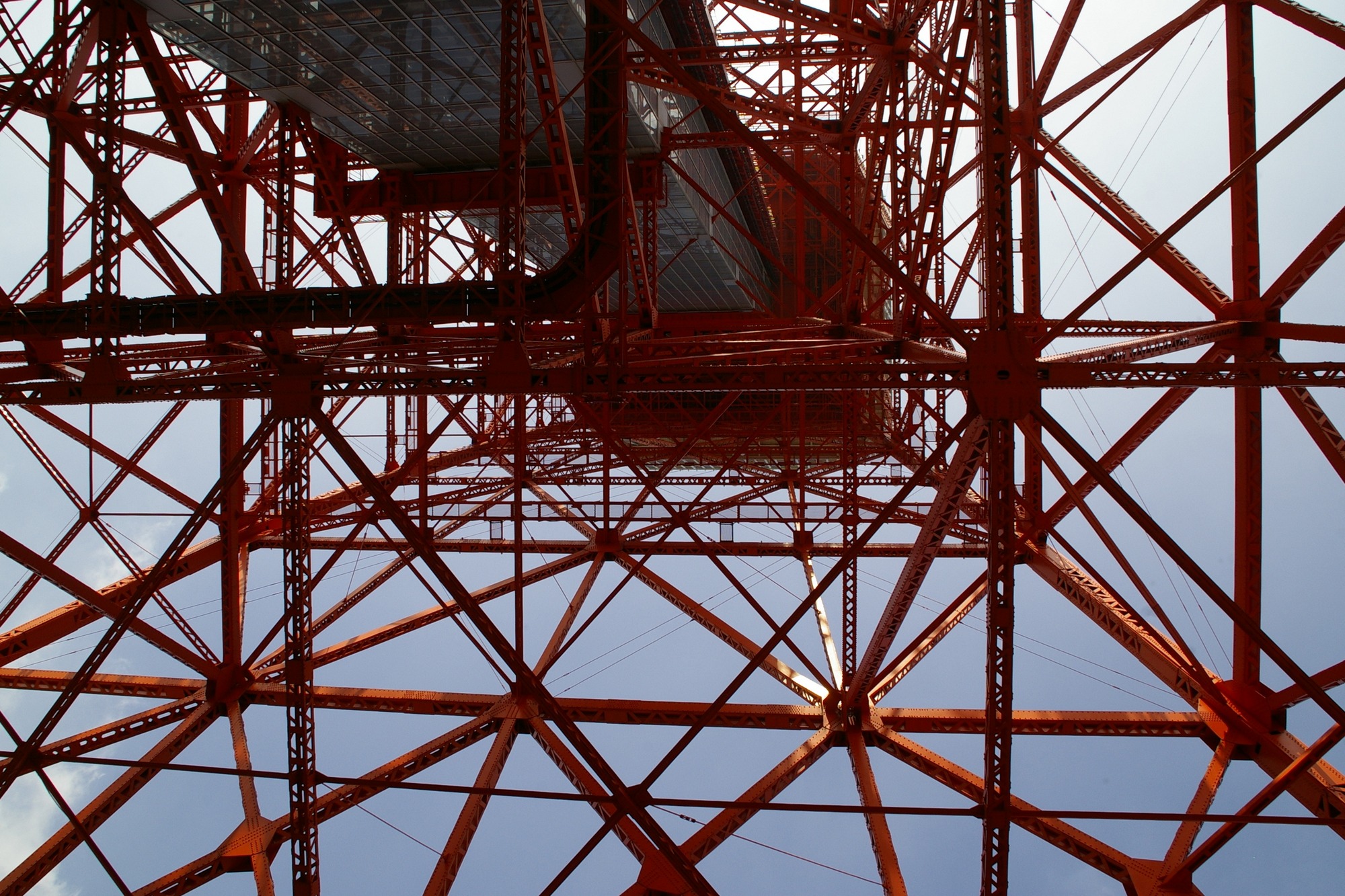
Tokyo Tower Detail
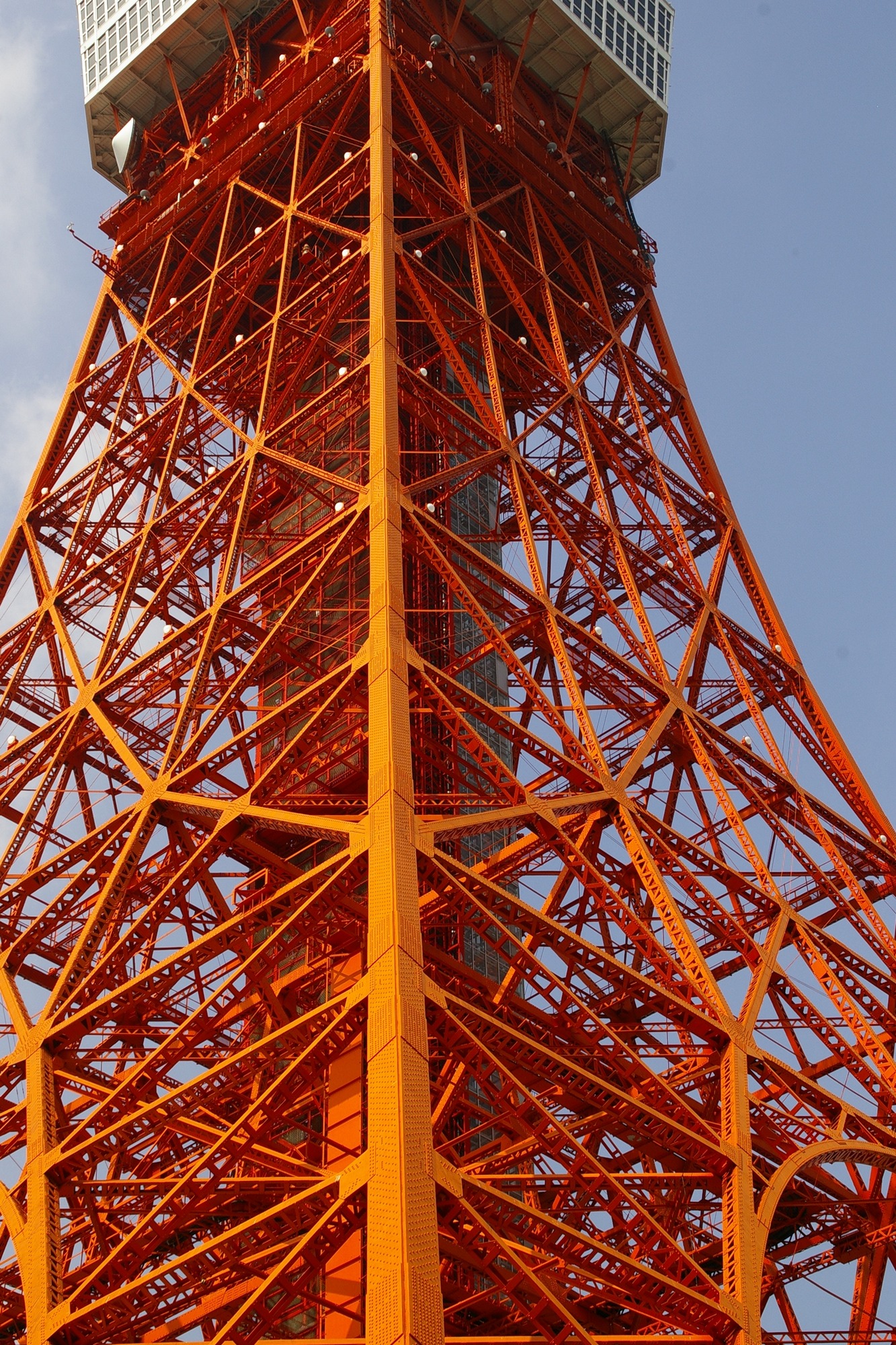
Tokyo Tower Detail
He is one of the highest buildings in Tokyo and was the highest radio tower until 2012. At this year the Sky Tree with an height of 634m was opened. He has the potential to succed in beein the landmark of the whole city. It’s design is unique. He represents the Tokyo of the 21st century and will get it’s own blog entry.
Tokyo Tower is 9m higher than the original but only half the weight (4000 tons). But why built it out of steel and not concrete. In the 50ies they decided for steel because it is more stable in the fact of an earthquake. If you use steel it is obvious to decide for a similar shape like the Eiffel tower, that became the blue print for steel towers.
The family
Tokyo Tower is only one of several towers built in the 50ies. Tokyo Tower is just the biggest one. Here is family (the part of it I already visited). You can see the similarity. They were all designed by the architect Tachū Naitō and have a viewing platform.
Sapporo TV Tower (さっぽろテレビ塔)
height 147,2m, observation deck at 90.4m; architect: Tachū Naitō, opened in 1957
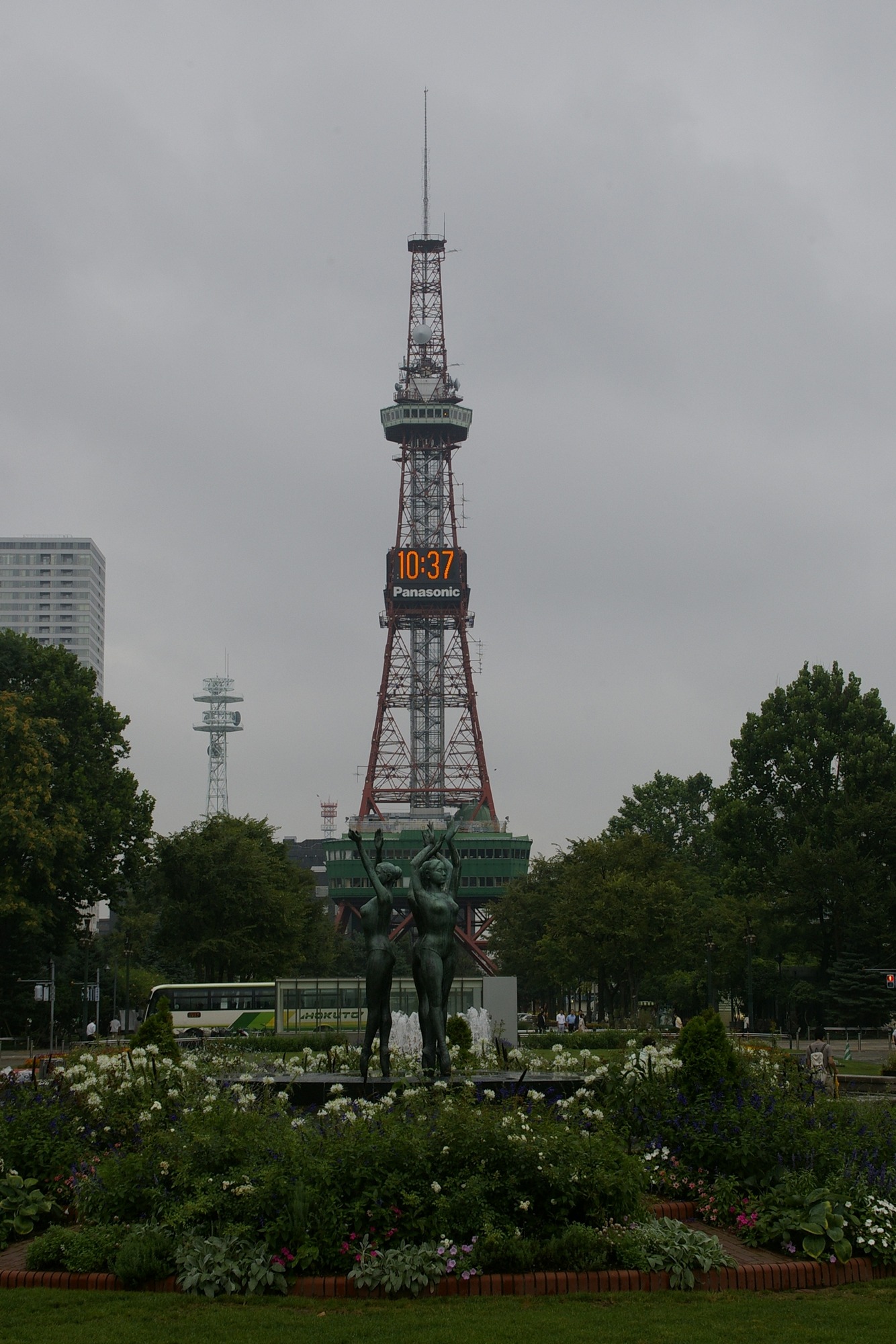
Sapporo Tower
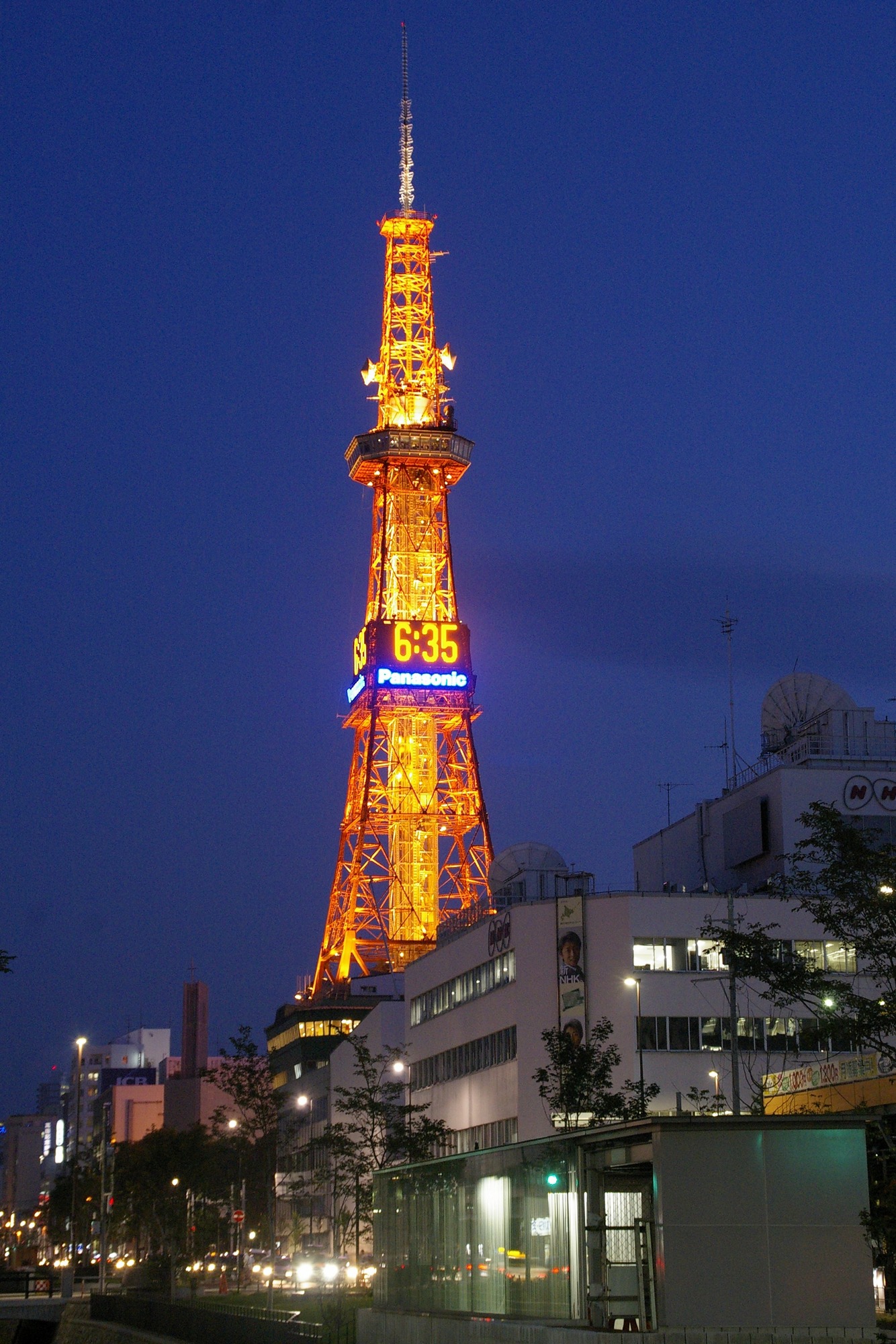
Sapporo Tower bei Nacht
Sapporo Toweri is older than Tokyo Tower. He is like the older brother. The reason was the time to built up Tokyo Tower. It just took so long. He has two observation decks. The lower one at 90,4m is a big souvenir shop with windows. In 1961 they mounted a digital watch. Saporro Tower is located in the Odori-Park, that is the origin of the street coordintes in Saporro (the streets in Saporro are numbered in East, West, South, North). At night the tower is illuminated in orange, like the big brother in Tokyo.
Nagoya TV Tower (名古屋テレビ塔)
height 180m, observation deck at 90m and 100m; architect: Tachū Naitō, opened in 1954
It is the oldest radio tower in Japan that has the shape of the Eiffel Tower and is also designed by Tachu Naito. It’s height is 180m and the observation deck is at 90m. The specialty is a free deck at 100m (roof of the viewing platform), called Sky Balcony. You can take the stairway (310 steps), if you want. There are restaurants and souvenir shops at the 30m level. The tower is located in the city center of Nagoya in the Hisaya Odori Park.
Beppu Tower (別府タワー)
height 100m, observation deck at 55m; opened on May 10, 1957
Beppu also has a tower, a tiny one. It was built at the same time as Tokyo Tower. The foundation of this tower is concrete building. He was built on the roof. It is very close to the tiny beach of Beppu on the east side of the main road that leads from the train station to the water line.
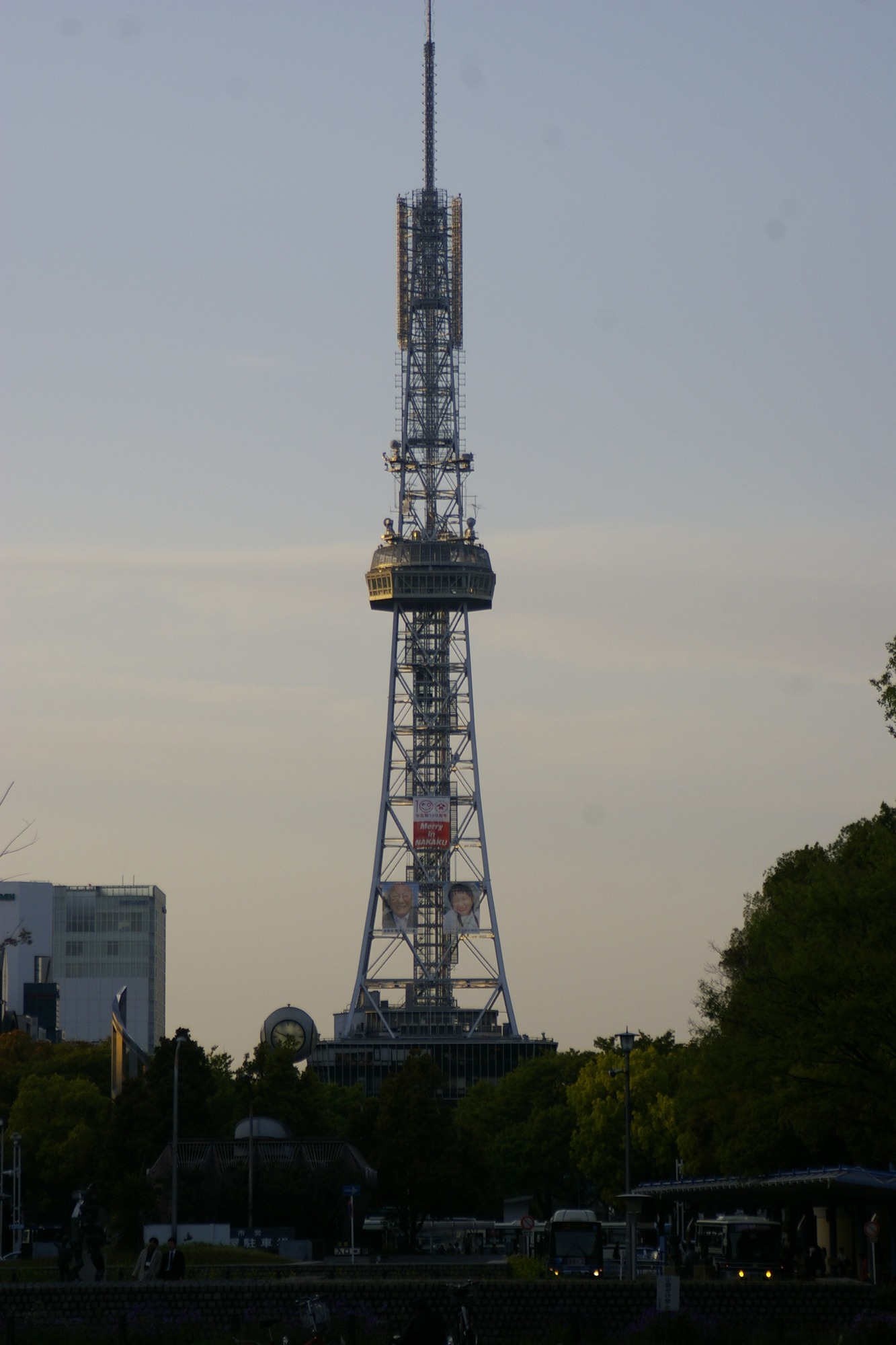
Nagoya Tower
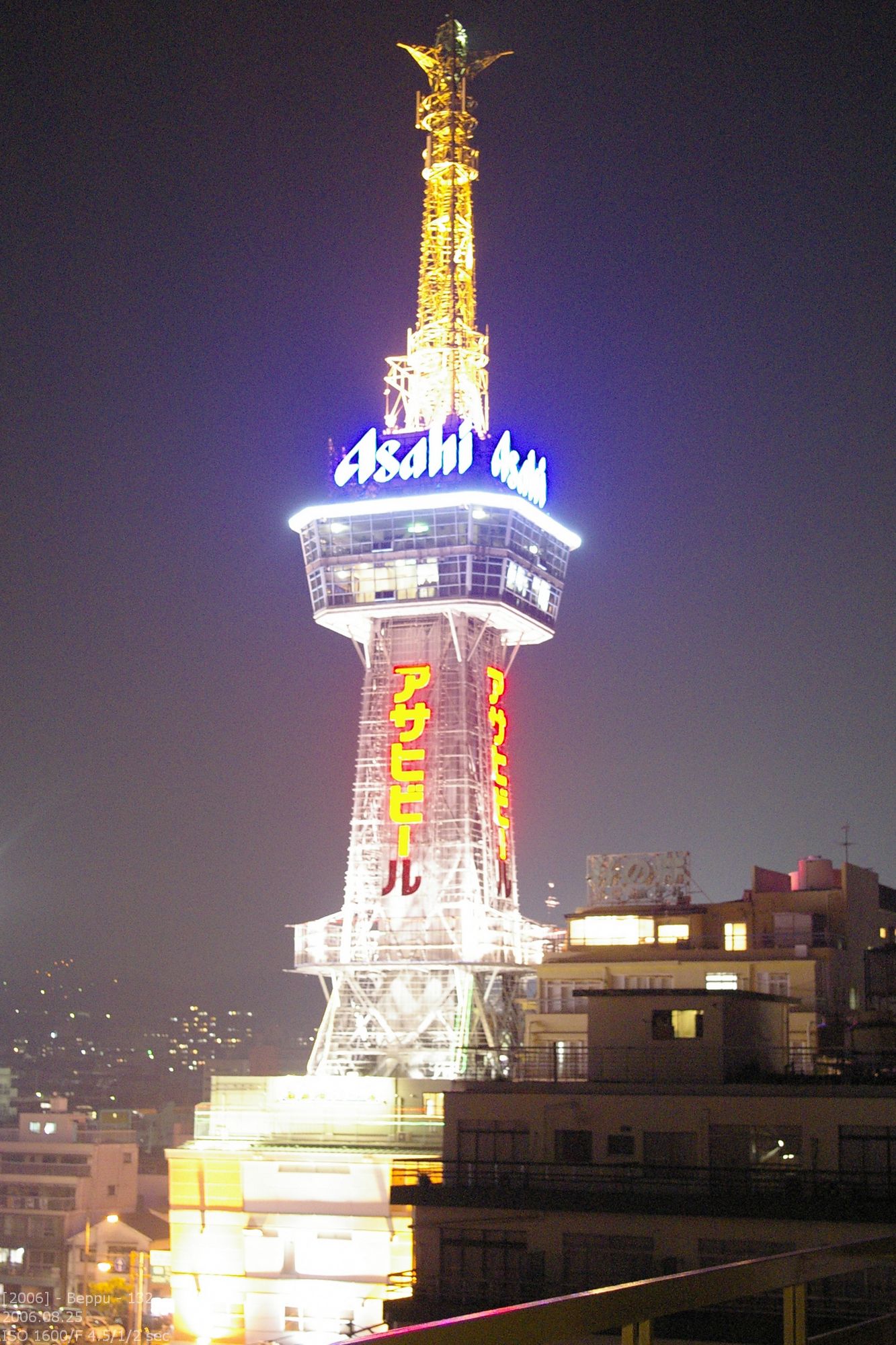
Funkturm von Beppu
— deutscher Blogeintrag —

